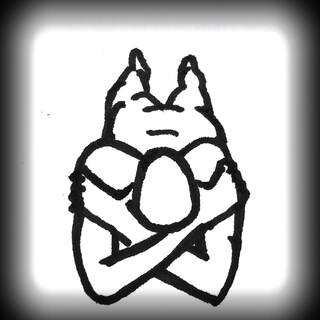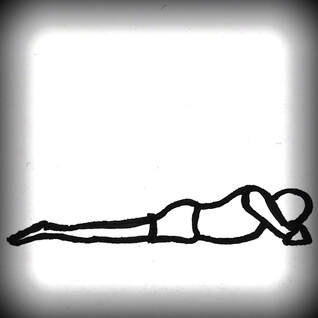|
In many disciplines such as Yoga, Pilates, Tai Chi, Qi Gong, the practice directs the student to breath with the diaphragm. Why is that so? When we breath using the diaphragm, the rib cage expands to create movement in the belly and this manner of breathing can feel soothing and calming. This is because of the vagus nerve that runs from the abdomen through the organs to the brain whose function is to regulate the parasympathetic nervous system, which supports the ‘rest and digest’ response in the body and mind. Diaphragmic breathing is considered a technique that needs to be learnt and exercised, but in fact, the diaphragm is the primary muscle that supports the respiratory system. Humans and animal breath with it instinctively from birth; notice a cat or dog at rest, or a baby and how their belly rises and falls as they breath. It’s during our lifetime that external, emotional and psychological factors affect changes to our initial breathing habits and as adults, we are having to re-train ourselves to breath with the diaphragm again. However, students do find it difficult to reconnect with this manner of breathing especially when they’ve habitually breathed in a different way for many years. One of the best ways, to teach ourselves to breath diaphragmatically and connect with that feeling of movement in the ribs and abdomen is through Makarasana (crocodile pose) and allow the sensation of touch to guide our breath. Method –
1. Lying on the front with hips and belly on the ground, legs extended and feet no wider than the hips; fold arms across and rest forehead on forearms, providing some space between the face and the mat. 2. Without attempting to control your breath, simply breathing through the nose. Let it flow naturally and effortlessly, observing its pace and rhythm as it moves it and out of the body. 3. Shifting your attention to the abdomen; let the sensation of your belly in contact with the ground guide your breath. Notice how it expands towards the mat as you inhale, softens down as you exhale. Relax the muscles in the belly as you breath and allow the movements to the area to become deeper and more soothing. 4. Gradually move your awareness to the sides of the rib cage, particularly the bony area around the lower ribs. Notice them expanding out to the sides as you inhale and contracting as you exhale. 5. This is the result of diaphragmatic breathing – inhalation causes the diaphragm to contract and the rib cage to expand, exhalation relaxes the diaphragm and moves the ribs back inwards.
0 Comments
|
Hongyi the yogiFull-time yoga teacher & trainee yoga therapist in London. Eager to share, eager to learn! Archives
July 2021
Categories |



 RSS Feed
RSS Feed
